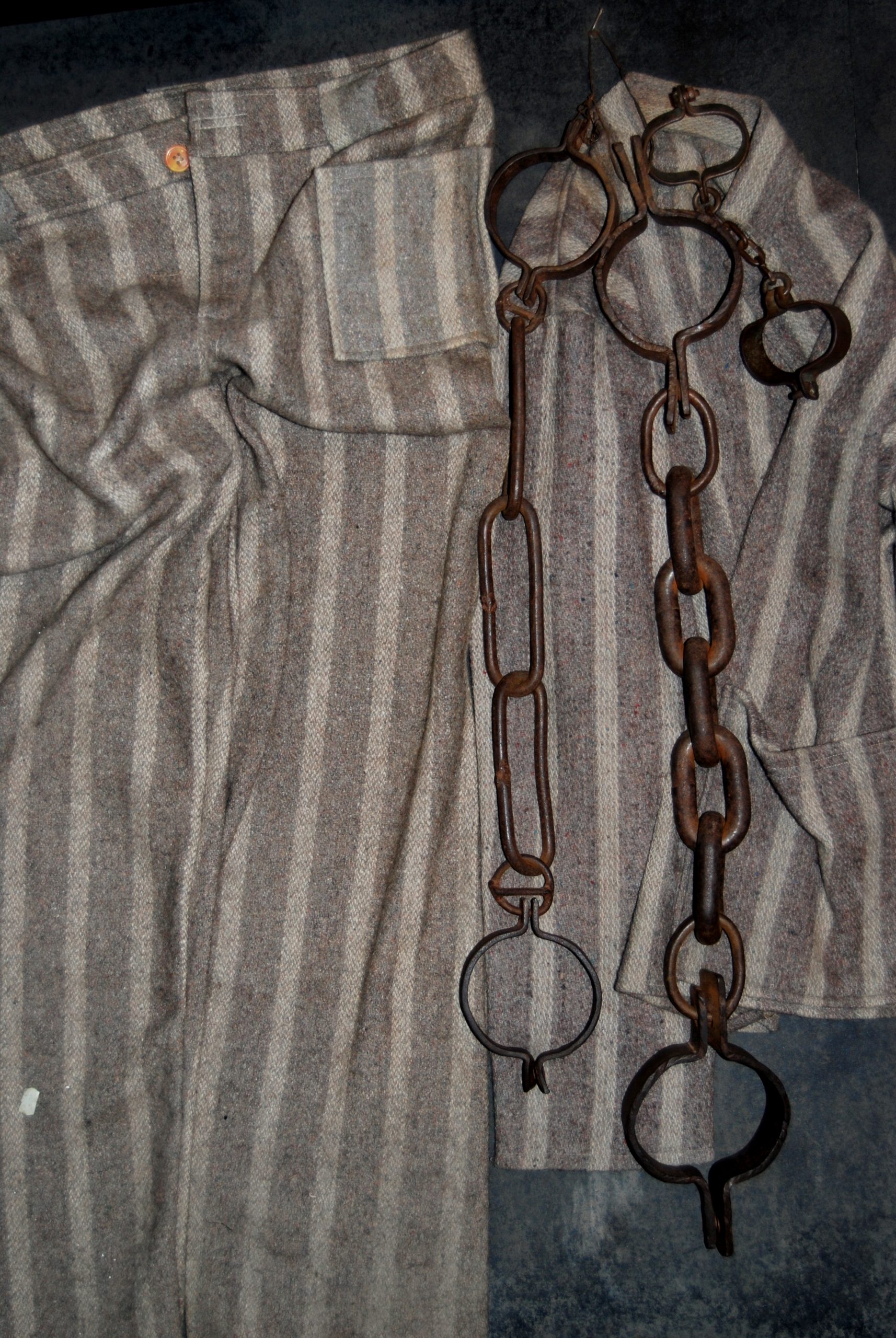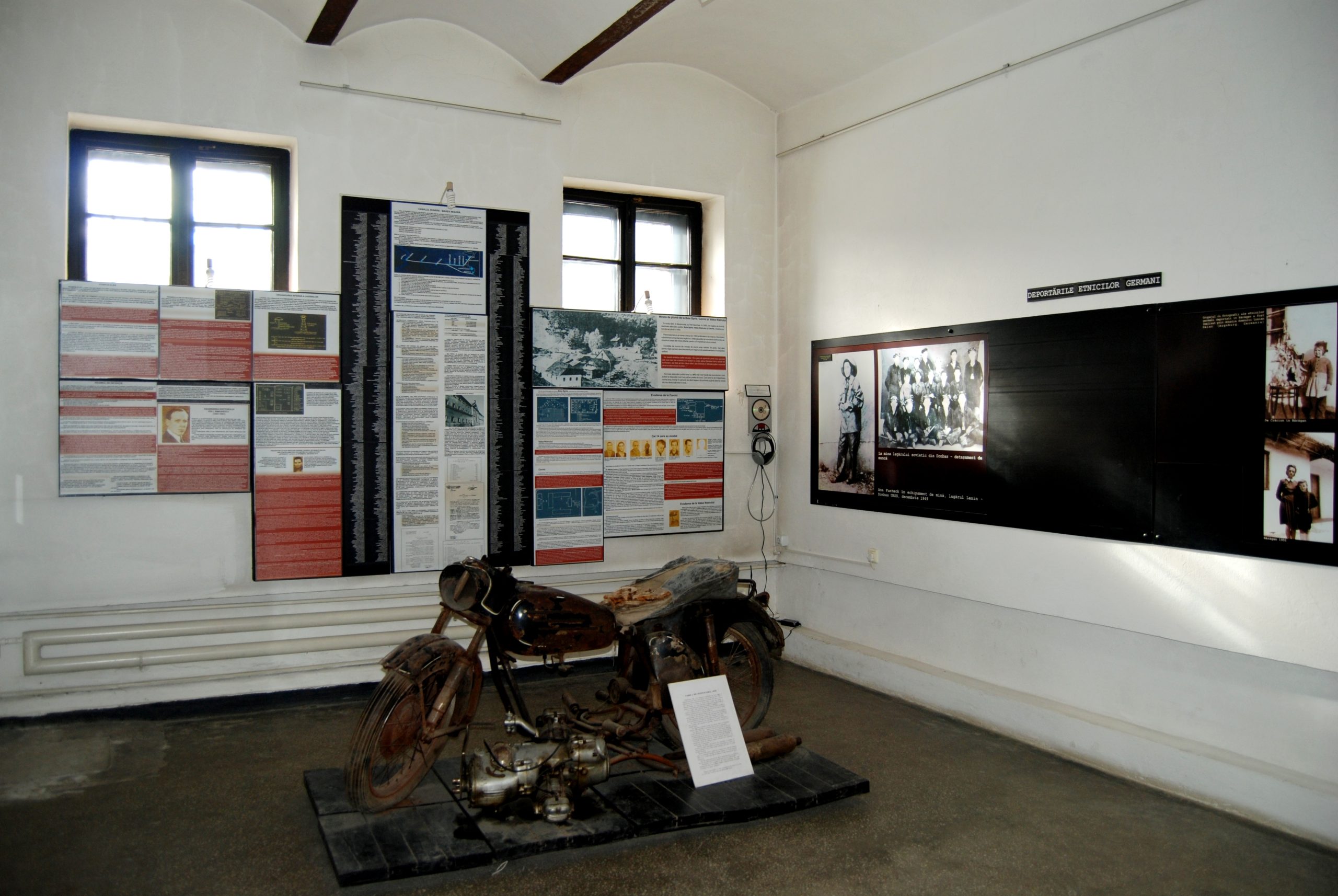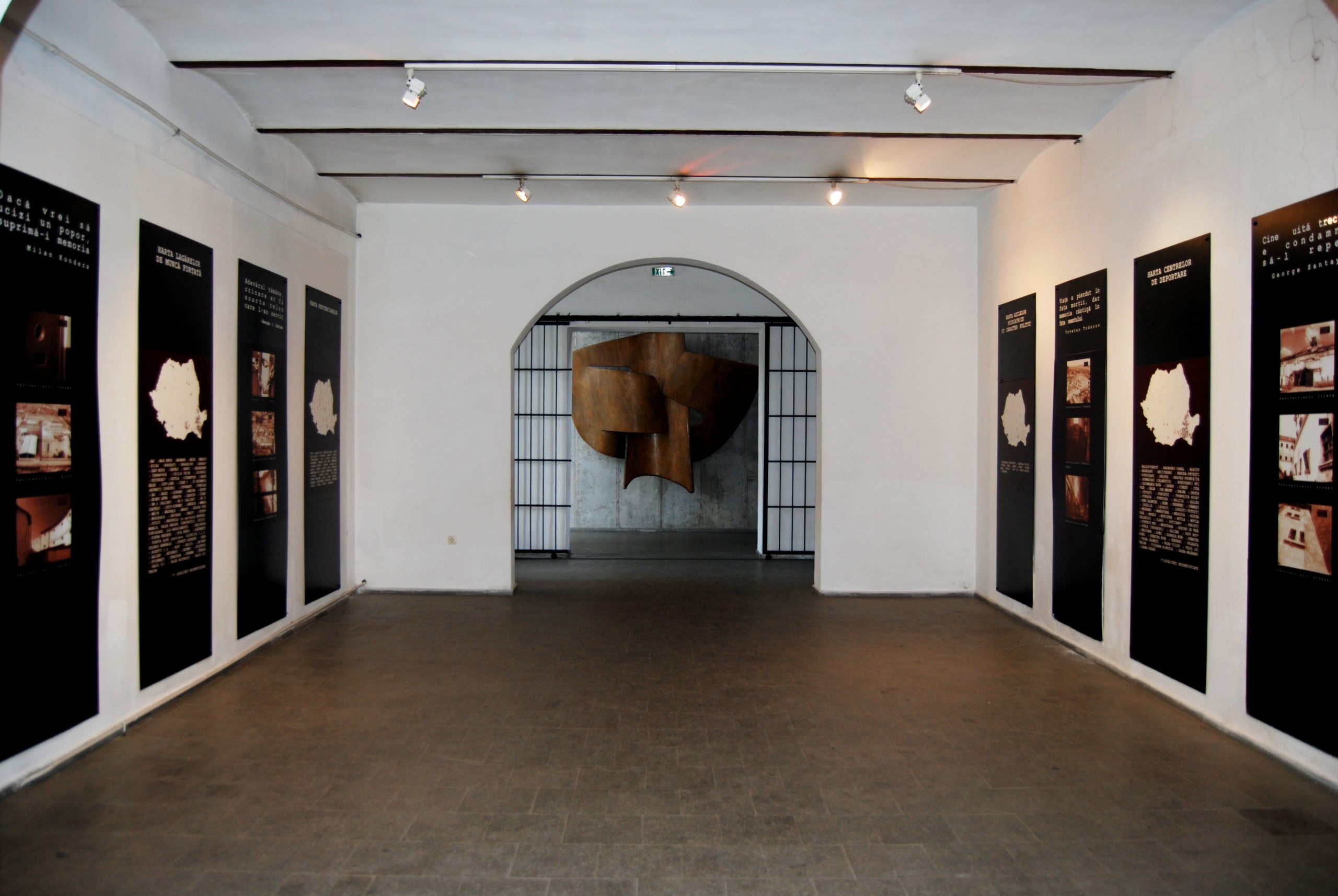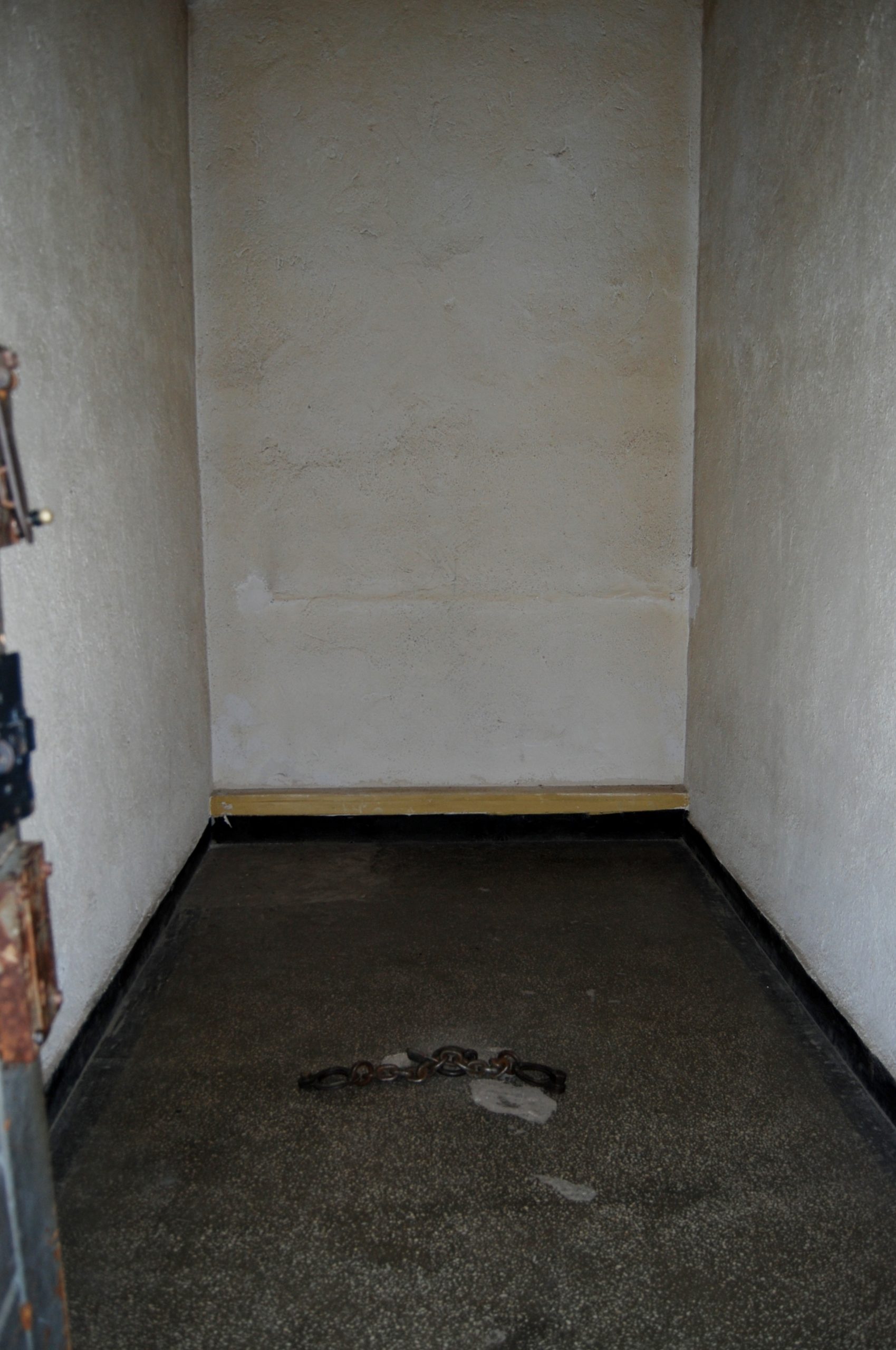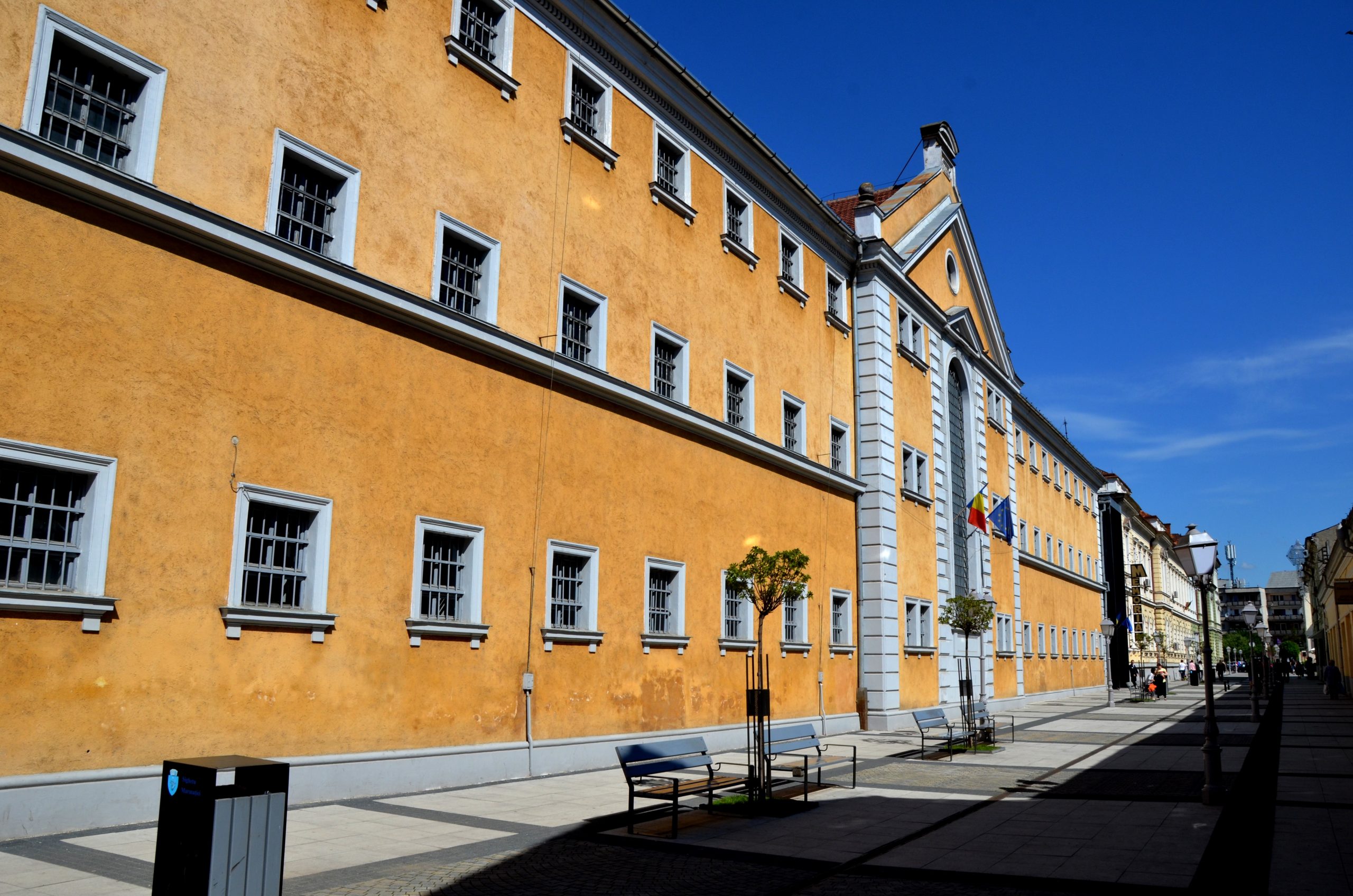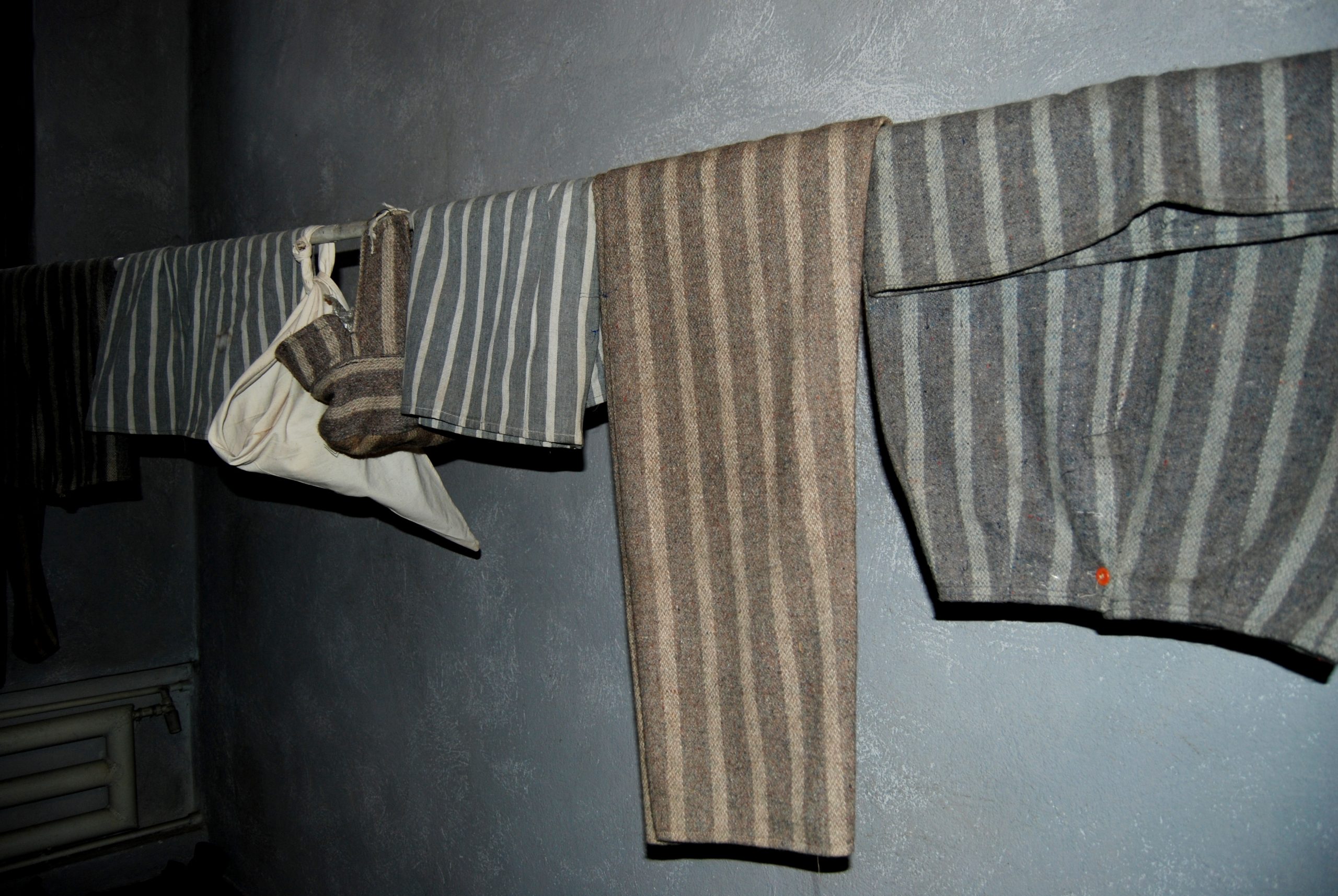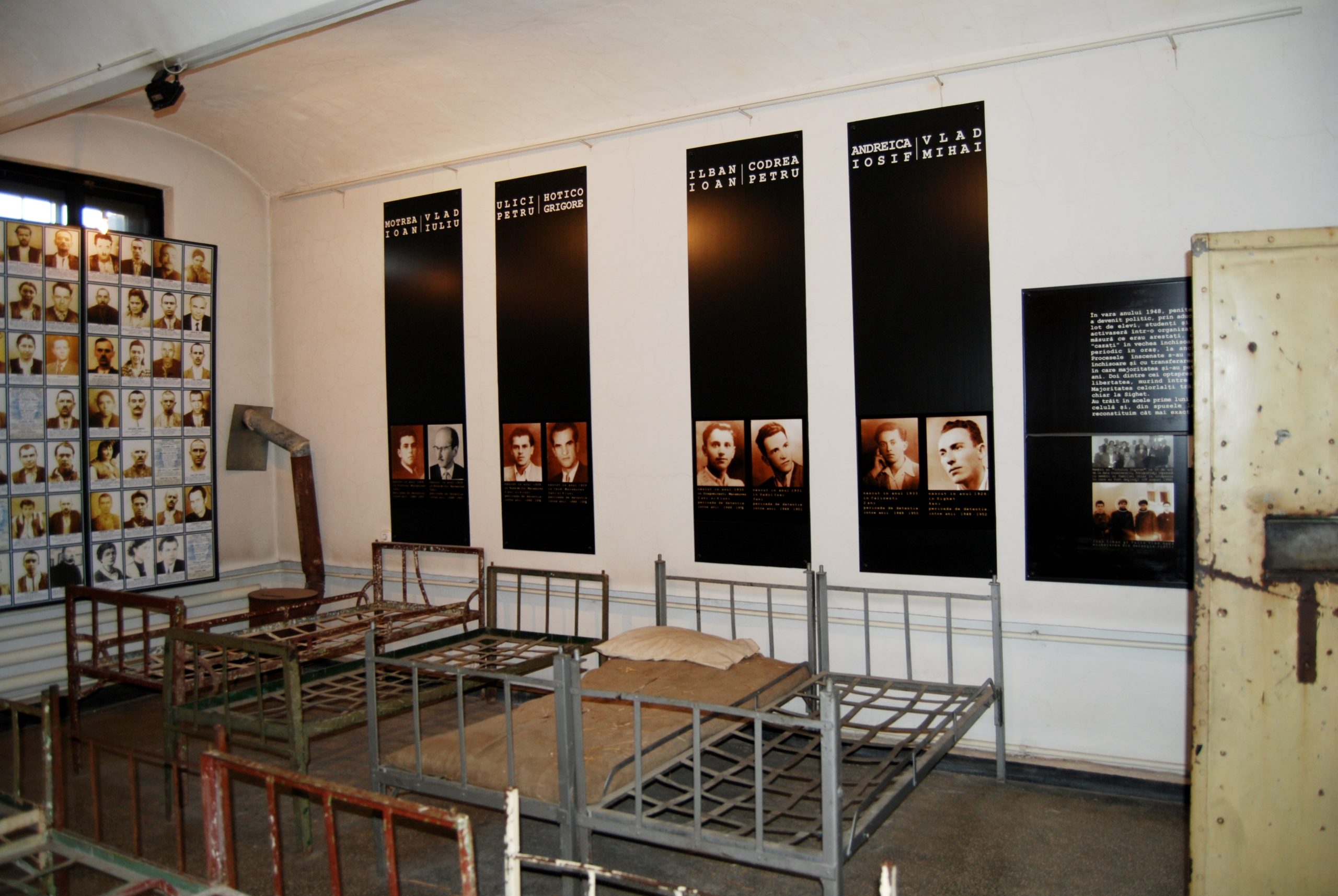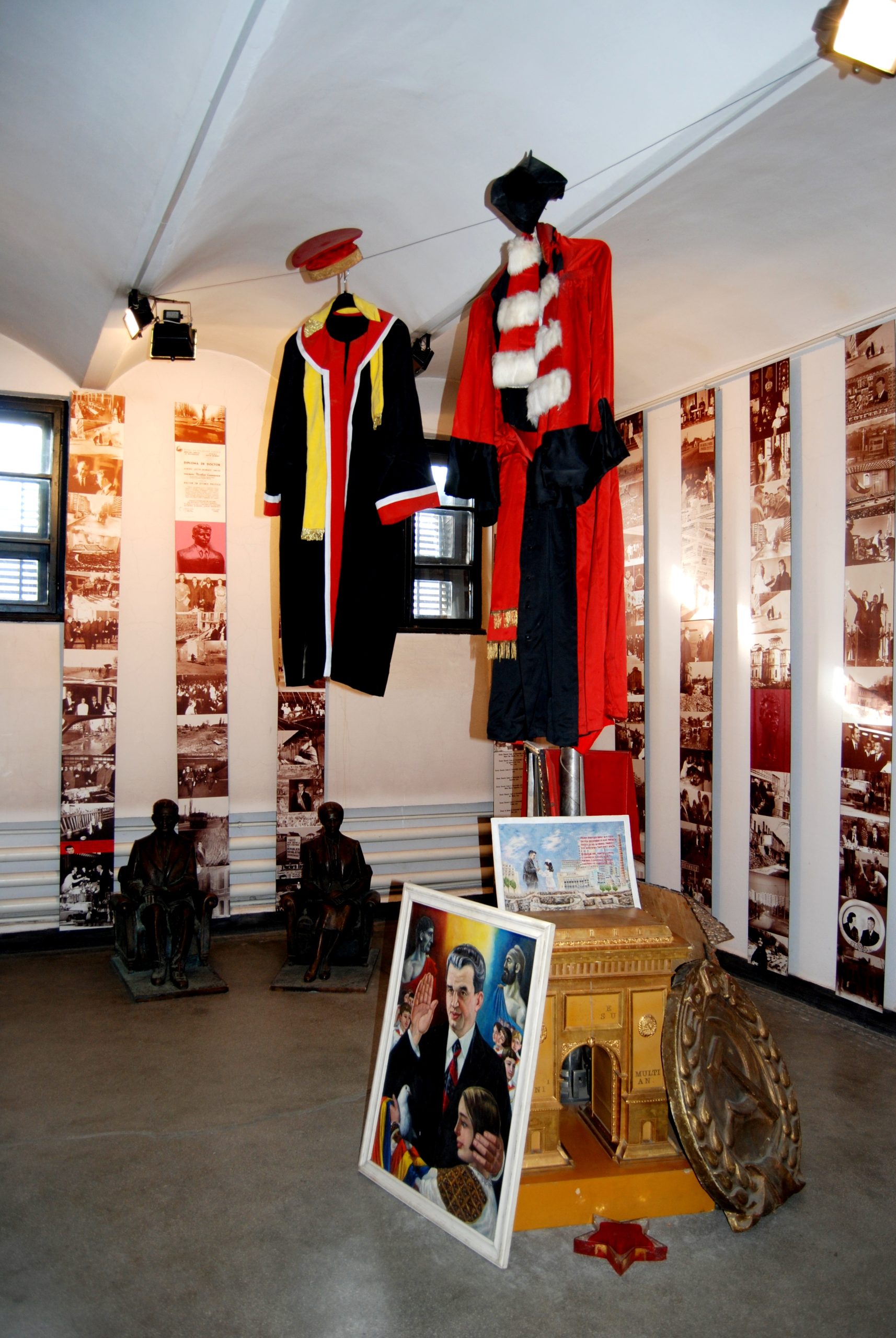Memorial to the Victims of Communism and Resistance, Sighetu Marmatiei
Address: 4 Corneliu Coposu Street, Sіghetu Marmației 435500, Maramureș county, Romania
Phone/Fax: +40 262319424, Tel: +40 262316848
Email: muzeu@memorialsighet.ro, cidmm@yahoo.com
Website: www.memorialsighet.ro
The Memorial to the Victims of Communism and Resistance was created and is managed by the Civic Academy Foundation.
“The greatest victory of communism – a victory that was dramatically revealed only after 1989 – was the creation of a man without memory, a new brainwashed man who does not need to remember who he was, what he had, and what he did before communism.”
The realisation of the Memorial to the Victims of Communism and the Resistance is a form of counteracting this victory, a means of reviving collective memory.
Established by the Sigit Museum and the International Centre for the Study of Communism, based in Bucharest, and the organiser of the Summer School, the Memorial is a memory institution, unique in that it is a research, museum and educational institute.
To the question “Is it possible to restore memory?” The Memorial to the Victims of Communism and Resistance in Romania gives a convincing affirmative answer.” (Ana Blandiana).
In 1993, the Civic Academy Foundation took over the ruins of the former prison to turn it into a museum. Ana Blandiana proposed a framework project to the Council of Europe. It required, on the one hand, the fundraising necessary for the reconstruction of the building and, on the other hand, the creation of a database necessary for the creation of the museum. Thanks to the material efforts of the Civic Academy Foundation and the research work of the International Centre for the Study of Communism, both in Bucharest, the former prison became the world’s first memorial dedicated to the victims of communism.
Today, the former prison is a site of events that took place during the communist era in Romania and other Central and Eastern European countries. Each of its cells, which have been converted into a museum hall, contains a thematic or chronological detail of the political ugliness that caused suffering and death – inside or outside prison walls – during the twentieth century in Europe.





